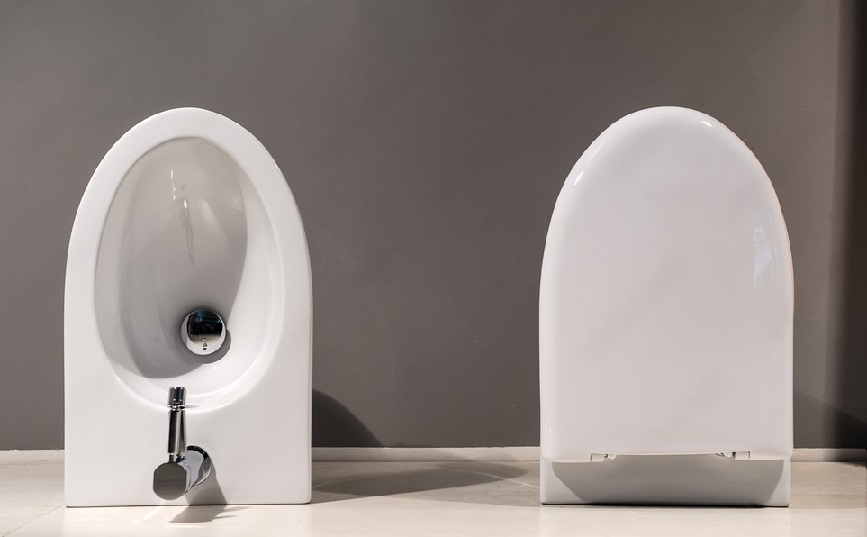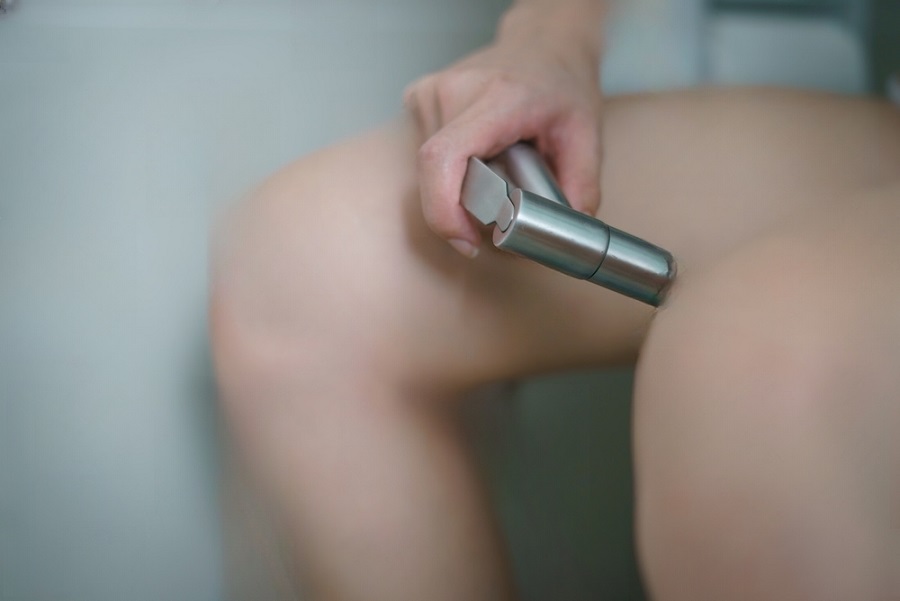Table of Contents
Introduction
Bidets are beautiful additions to any bathroom, offering a refreshing and hygienic way to clean up after using the toilet. However, like any plumbing fixture, bidets can sometimes develop leaks, affecting their performance and leading to water damage in your home. This guide will explore how to prevent bidet leaks and keep your bathroom functioning smoothly.

Understanding Bidet Leaks
Common Causes of Bidet Leaks
Bidet leaks can occur due to various reasons, but some of the most common causes include loose connections, worn-out washers or seals, and cracked or damaged components. Loose connections between the bidet and the water supply can lead to water seepage, while worn-out washers or seals may fail to create a tight seal, allowing water to escape. Additionally, cracks or damage to the bidet’s components can result in leaks over time.
Signs of a Bidet Leak
Detecting a bidet leak early is crucial for preventing water damage. Some common signs of a bidet leak include dripping water, puddles forming around the bidet, and unusual sounds during operation. If you notice any of these signs, addressing the issue promptly before it worsens is essential.

Steps to Prevent Bidet Leaks
Proper Installation
One of the first steps to preventing bidet leaks is ensuring proper installation. When installing a bidet, make sure to tighten all connections securely. Using a plumber’s tape or sealant on threaded connections can help create a watertight seal and prevent leaks from occurring.
Regular Maintenance
Regular maintenance is key to preventing bidet leaks. Inspect the bidet’s hoses and connections periodically for signs of wear or damage. If you notice worn-out washers or seals, replace them promptly to maintain a tight seal and prevent leaks. Additionally, check for cracks or damage to the bidet’s components and address any issues immediately.
Avoiding Overuse
Using the bidet excessively or with excessive water pressure can increase the risk of leaks. Follow the manufacturer’s guidelines for the frequency of use, and avoid using excessive water pressure, which can put strain on the bidet’s components and lead to leaks over time.
Temperature Regulation
Temperature fluctuations can also contribute to bidet leaks. Adjust the water temperature to a comfortable level and avoid exposing the bidet to extreme temperatures, which can cause seals to expand and contract, compromising their effectiveness. By regulating the temperature, you can help prevent leaks and prolong the lifespan of your bidet.

Troubleshooting Tips
Identifying the Source of the Leak
Identifying the source of a bidet leak is the first step in resolving the issue effectively. By pinpointing where the leak is coming from, you can determine the appropriate course of action to stop it and prevent further damage. Here are some key areas to inspect when identifying the source of a bidet leak:
Check Connections
The first thing to inspect when dealing with a bidet leak is the connections between the bidet and the water supply. Check for any signs of water dripping or pooling around the connections. Tighten any loose connections using a wrench or pliers to ensure a secure fit.
Inspect Hoses
Next, inspect the hoses connected to the bidet. Look for any visible cracks, splits, or wear along the length of the hoses. Pay close attention to the areas where the hoses connect to the bidet and the water supply, as leaks often occur at these connection points.
Examine Washers and Seals
Worn-out or damaged washers and seals can also cause bidet leaks. Inspect the washers and seals located within the connections for any signs of deterioration or damage. If you notice any issues, replace them with new ones to create a tight seal and prevent leaks.
Check Bidet Components
Inspect the bidet itself for any cracks, damage, or defects that could be causing the leak. Check the surface of the bidet for any visible signs of water damage or moisture. Run your hand along the edges and seams of the bidet to feel for any irregularities or leaks.
Test for Leaks
Once you’ve inspected the various components of the bidet, it’s essential to test for leaks to confirm the source of the problem. Turn on the water supply to the bidet and observe it closely for any signs of leaking. Listen for any unusual sounds, such as hissing or dripping, which may indicate a leak.
Temporary Fixes
When faced with a bidet leak, it’s essential to take immediate action to prevent water damage and minimize the impact on your bathroom. While a permanent solution may require professional assistance, there are several temporary fixes you can try to stop the leak temporarily. Here are some temporary fixes for bidet leaks:
Tighten Loose Connections
If the bidet leak is caused by loose connections between the bidet and the water supply, tightening these connections can help stop the leak temporarily. Use a wrench or pliers to tighten the connections securely, being careful not to over-tighten them, which could cause damage.
Apply Sealant
Applying temporary sealant to the leaking area can help create a temporary barrier to prevent water from escaping. Use a waterproof sealant appropriate for plumbing applications and apply it to the leaking area according to the manufacturer’s instructions. Allow the sealant to dry completely before testing the bidet for leaks.
Replace Washers or Seals
If the bidet leak is caused by worn-out or damaged washers or seals, replacing these components can help stop the leak temporarily. Turn off the water supply to the bidet and remove the affected washers or seals using a wrench or pliers. Replace them with new ones of the same size and type, ensuring a tight seal.
Use Temporary Repair Tape
Temporary repair tape can provide a quick and easy solution for temporarily stopping bidet leaks. Wrap the leaking area with the repair tape, stretching it tightly to create a watertight seal. Be sure to overlap the tape layers to ensure complete coverage and allow it to adhere securely.
Adjust Water Pressure
In some cases, high water pressure can contribute to bidet leaks. Lowering the water pressure can help reduce stress on the bidet’s components and temporarily alleviate the leak. Adjust the water pressure using the shut-off valve or pressure regulator located near the bidet’s water supply.
Seeking Professional Assistance
While these temporary fixes can help stop bidet leaks, it’s essential to remember that they are not permanent solutions. To ensure a long-lasting and effective repair, it’s recommended to seek professional assistance from a plumber or bidet technician. A qualified professional can diagnose the underlying cause of the leak and implement the necessary repairs to prevent future issues.
When to Call a Professional
If you cannot resolve the bidet leak on your own or if the leak persists despite your efforts, it’s time to call a professional plumber or bidet technician. A qualified professional will have the expertise and tools necessary to diagnose and repair the issue correctly, ensuring that your bidet functions properly and preventing further damage to your home.

Conclusion
Preventing bidet leaks is essential for maintaining the functionality of your bathroom fixtures and avoiding water damage in your home. By understanding the common causes of bidet leaks and taking proactive steps to prevent them, you can enjoy the benefits of a bidet without worrying about potential leaks. Remember to perform regular maintenance, avoid overuse, regulate water temperature, and address any leaks promptly to keep your bidet in top condition for years to come.
